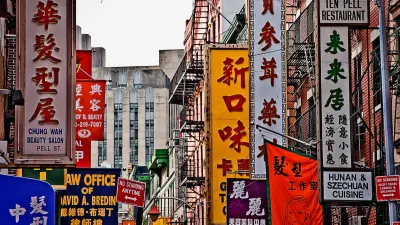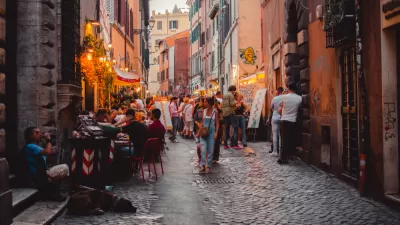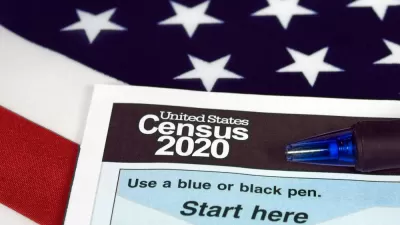As "foodies" venture into new territory in search of exciting food experiences, they contribute to the transformation of urban foodscapes that have been built by people of color.

In today’s urban culture, “ethnic” food is having a moment. Pupusas, banh mi, phó, arepas, dosas, tamales, manakeesh, tacos, kebabs, empanadas, and other “exotic” dishes have become popular among affluent and white consumers keen to explore new flavors and establish their cultural capital and multicultural values. Foodies are skipping acclaimed restaurants in upscale districts for “holes in the wall” in immigrant and low-income neighborhoods to discover “authentic” culinary treasures.
However, as they venture into new territory in search of exciting food experiences, they contribute to the transformation of urban foodscapes — the physical, symbolic, cultural, lived, and imagined food environments — that have been built by people of color, often immigrants, to confront decades of neglect, segregation, and systemic racism by food retailers, investors, and policy makers.
What used to be foodscapes for residents are becoming increasingly cosmopolitan, privileging the tastes of outsiders who will presumably bring revenue, income, and status. The carefully curated foodscapes that emerge to meet new consumer demands erase the history of places, the struggles of residents, and the labor of food workers and ethnic entrepreneurs. Such erasure occurs in the way food and place are described and represented, as well as in the changing rhythm of everyday life and use of space for food production and consumption. Together, these processes create a new sense of place in which long-term residents and businesses no longer belong, pointing at the powerful role of food in contributing to gentrification.
FULL STORY: Are Your Yelp Reviews Causing Gentrification?

Alabama: Trump Terminates Settlements for Black Communities Harmed By Raw Sewage
Trump deemed the landmark civil rights agreement “illegal DEI and environmental justice policy.”

Study: Maui’s Plan to Convert Vacation Rentals to Long-Term Housing Could Cause Nearly $1 Billion Economic Loss
The plan would reduce visitor accommodation by 25% resulting in 1,900 jobs lost.

Why Should We Subsidize Public Transportation?
Many public transit agencies face financial stress due to rising costs, declining fare revenue, and declining subsidies. Transit advocates must provide a strong business case for increasing public transit funding.

Paris Bike Boom Leads to Steep Drop in Air Pollution
The French city’s air quality has improved dramatically in the past 20 years, coinciding with a growth in cycling.

Why Housing Costs More to Build in California Than in Texas
Hard costs like labor and materials combined with ‘soft’ costs such as permitting make building in the San Francisco Bay Area almost three times as costly as in Texas cities.

San Diego County Sees a Rise in Urban Coyotes
San Diego County experiences a rise in urban coyotes, as sightings become prevalent throughout its urban neighbourhoods and surrounding areas.
Urban Design for Planners 1: Software Tools
This six-course series explores essential urban design concepts using open source software and equips planners with the tools they need to participate fully in the urban design process.
Planning for Universal Design
Learn the tools for implementing Universal Design in planning regulations.
Smith Gee Studio
Alamo Area Metropolitan Planning Organization
City of Santa Clarita
Institute for Housing and Urban Development Studies (IHS)
City of Grandview
Harvard GSD Executive Education
Toledo-Lucas County Plan Commissions
Salt Lake City
NYU Wagner Graduate School of Public Service





























